The Historical Significance of Green Plaid Rug
Green plaid rug have a rich history, deeply rooted in various cultures, each attributing unique symbolic meanings to this timeless design. One of the most iconic examples is found in Scottish tartans. These intricate patterns, often woven with green hues, served not just as fabric designs but as symbols of clan identity and heritage. The specific arrangement of colors and lines in tartans conveyed familial lineage and social status, making them an integral part of Scottish history and culture.
In medieval textiles, checkered green patterns were frequently used to signify balance and harmony. Green, associated with nature, growth, and renewal, when arranged in a checkered format, suggested a structured and balanced approach to these natural elements. This notion of equilibrium made the pattern particularly popular in tapestries and garments during the Middle Ages.
The checkered green pattern saw a resurgence in vintage fashion, symbolizing both elegance and a connection to natural beauty. Throughout the 1950s and 60s, this pattern was a staple in various fashion items, from dresses to accessories, blending modernity and tradition. Designers favored the versatility of the checkered green pattern, using it to evoke refinement and timeless appeal.
Beyond textiles and fashion, checkered green patterns have been embraced in numerous art forms. Traditional crafts such as quilting and pottery often feature these patterns, symbolizing continuity and craftsmanship. In modern design, checkered green patterns are used in various contexts, from interior decor to graphic design, showcasing their adaptability and enduring relevance.
Notable examples include the use of green checkered patterns in the works of designers like Vivienne Westwood, who incorporated them into punk fashion, and the iconic green checkered tablecloths seen in rustic and chic cafes worldwide. These instances underscore the pattern’s broad appeal and its ability to convey different meanings across time and cultures.
Checkered green patterns have seen a revival in modern design, making their mark in fashion, interior design, and various creative industries. Designers and brands are innovatively incorporating this timeless motif into their collections and product lines, demonstrating its versatility and enduring appeal.
Fashion in Green Plaid Rug
In the realm of fashion, green patterns are featured in both luxury and streetwear collections. Esteemed designers have incorporated this pattern into dresses, blazers, and accessories, providing a contemporary twist on a timeless style. For everyday wear, try combining a green plaid rug-inspired blazer with neutral-toned pants or jeans. This approach balances the pattern’s boldness with more understated elements, resulting in a cohesive and stylish outfit. Accessories such as scarves, bags, and shoes with checkered green designs can add a subtle yet striking touch to any ensemble. Additionally, mixing these patterns with other designs, such as stripes or florals, can create a dynamic and visually appealing look.
In design, green rug can be seamlessly integrated into various spaces, from living rooms to kitchens. For a sophisticated and cohesive look, consider using green plaid rug textiles, such as curtains, cushions, or rugs. These elements can introduce a pop of color and pattern without overwhelming the space. Furniture pieces, like upholstered chairs or ottomans, can also feature checkered green patterns for a bold statement. To balance the pattern’s intensity, pair it with neutral tones and natural materials like wood and stone. This combination creates a harmonious and aesthetically pleasing environment. Additionally, decorative elements such as vases, picture frames, and wall art can subtly incorporate the pattern, adding depth and interest to the design.
Current trends highlight the innovative use of checkered green patterns in unexpected ways. Contemporary designers are experimenting with varying scales and shades of green, creating unique and eye-catching pieces. For instance, a large-scale checkered green wallpaper can serve as a striking focal point in a room, while smaller-scale patterns can be used for a more subdued effect. Quotes from industry leaders, such as interior designer Jane Smith, emphasize the importance of balance and creativity when working with bold patterns. “The secret to effectively integrating checkered green patterns lies in balancing them with simpler, complementary elements,” explains Smith. “This ensures the space remains cohesive and visually appealing.”

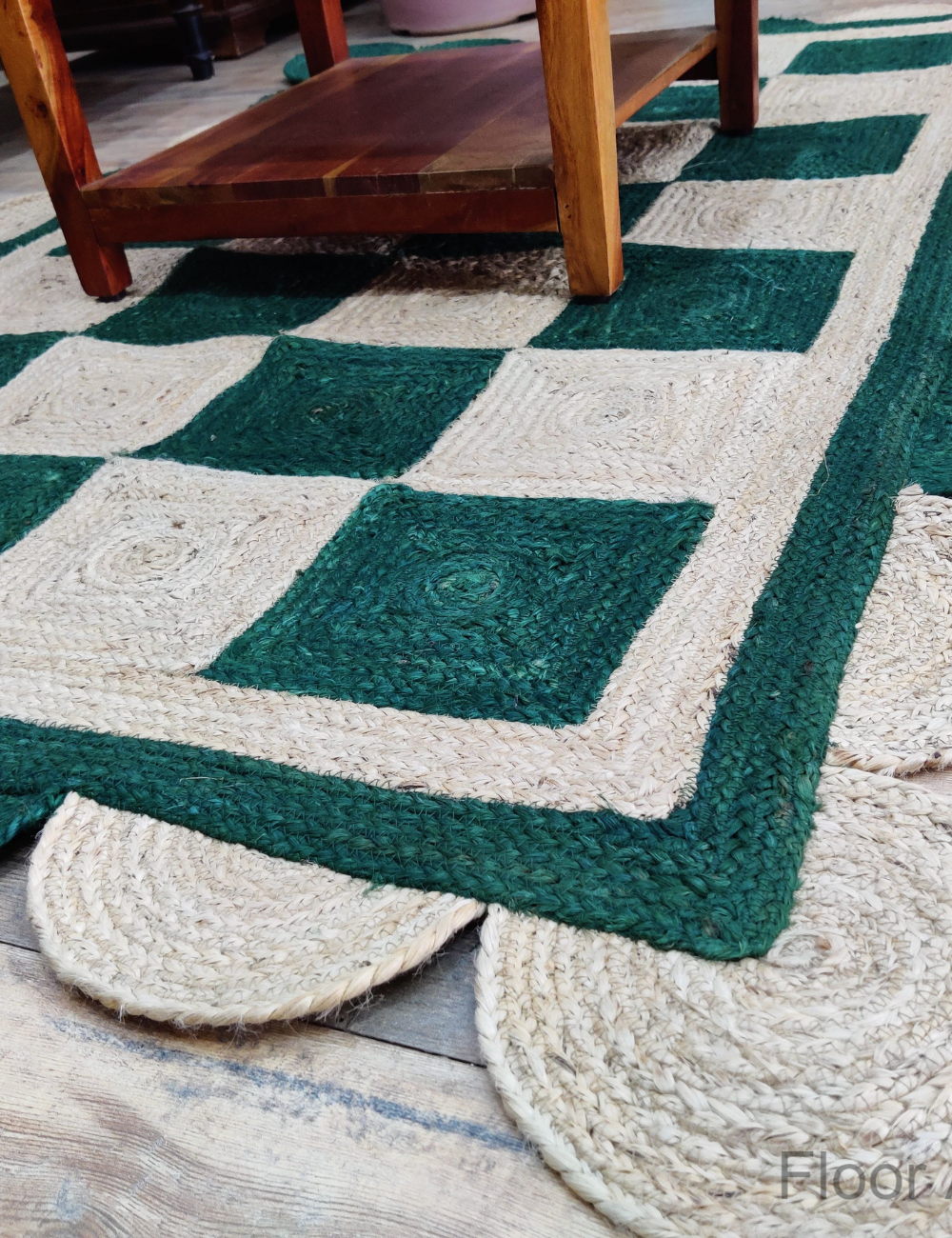

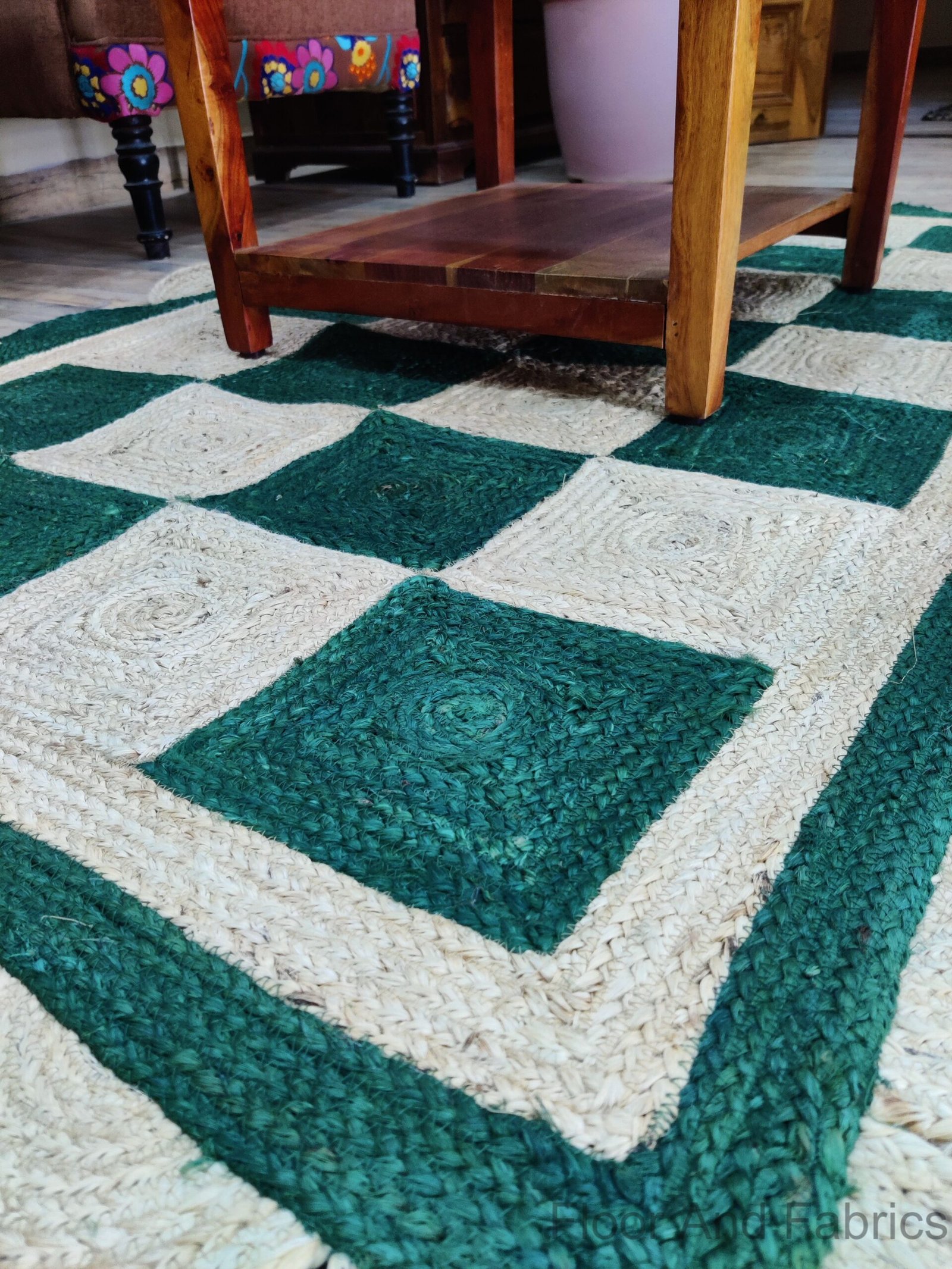

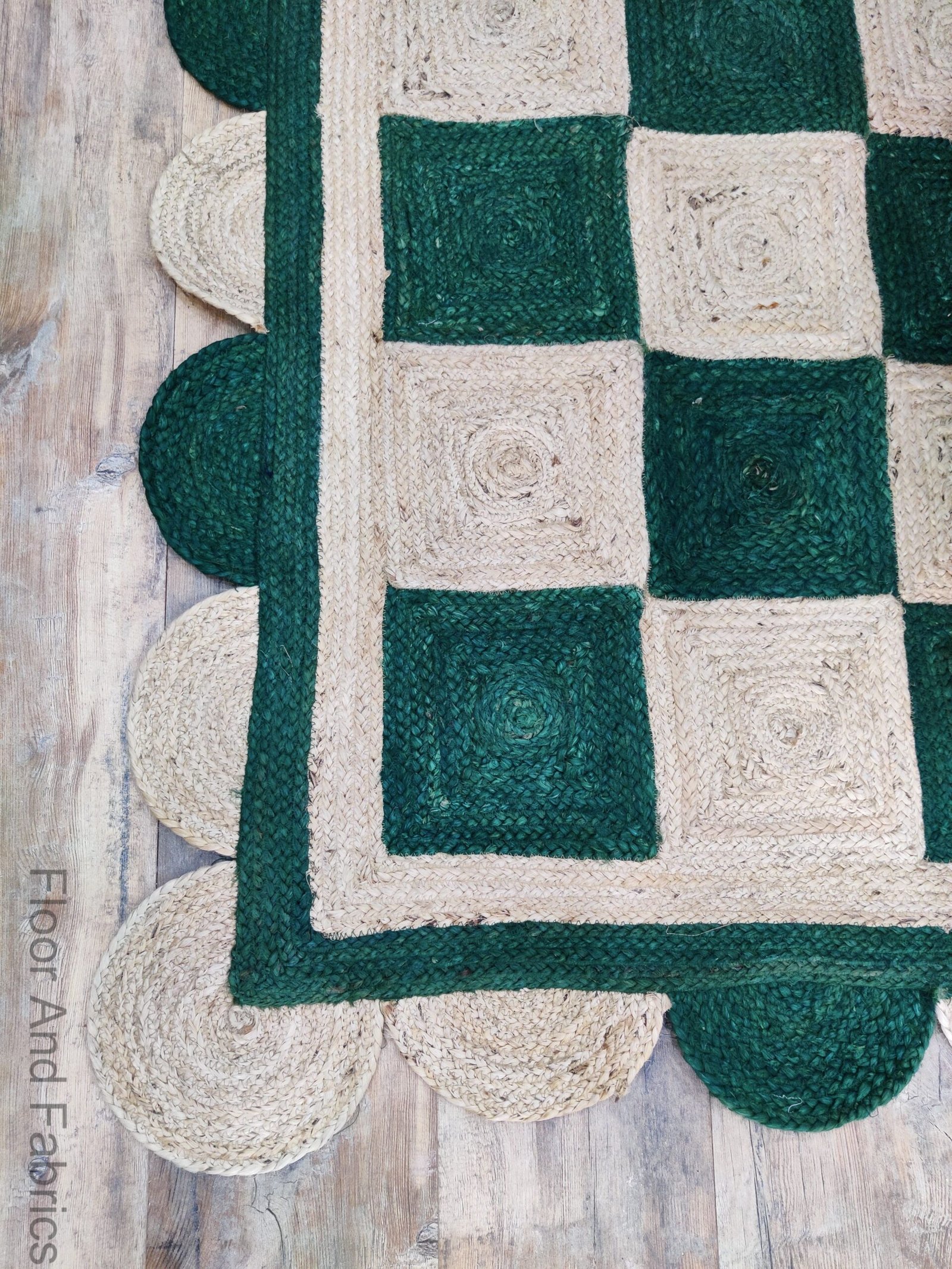
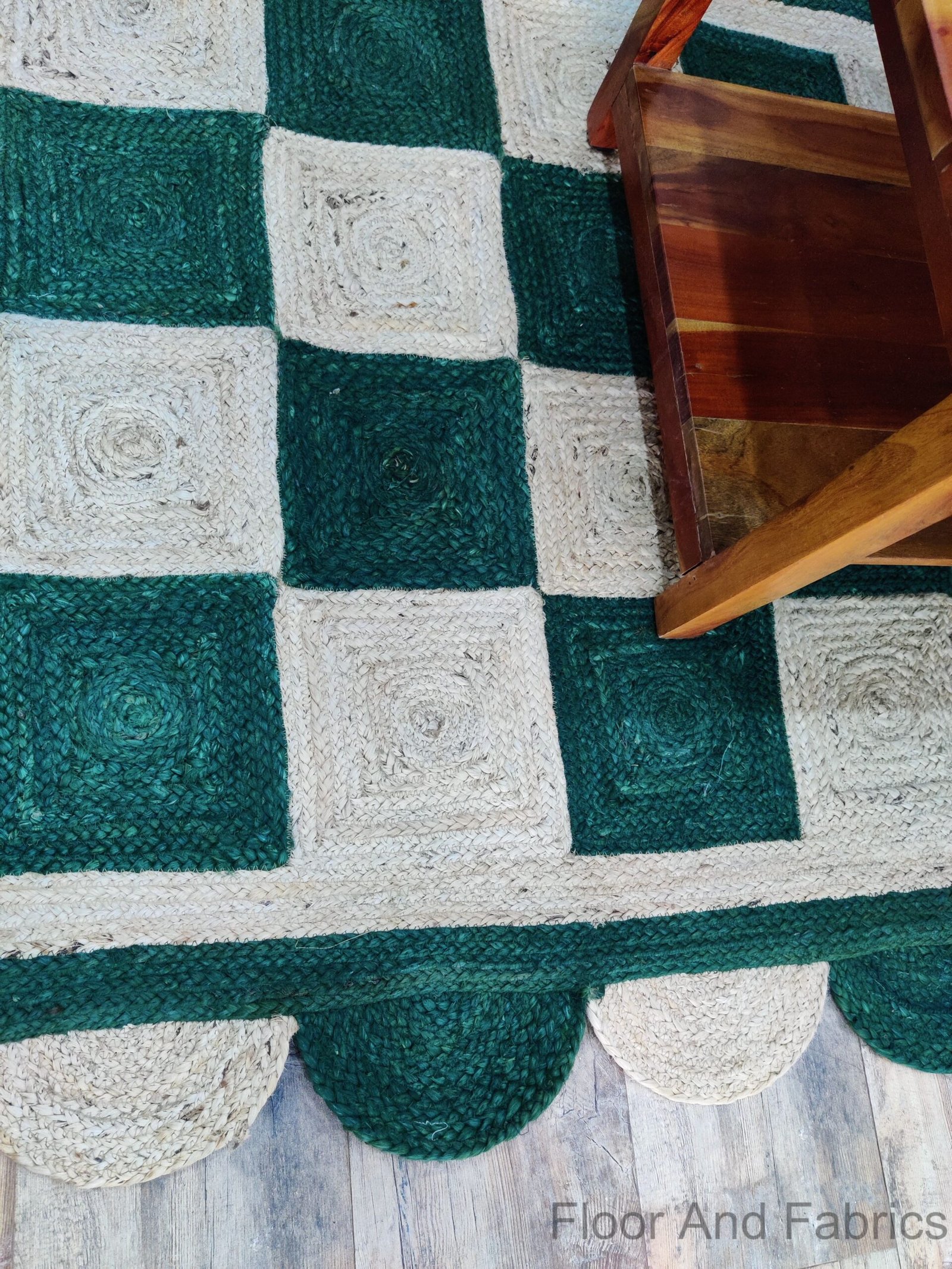
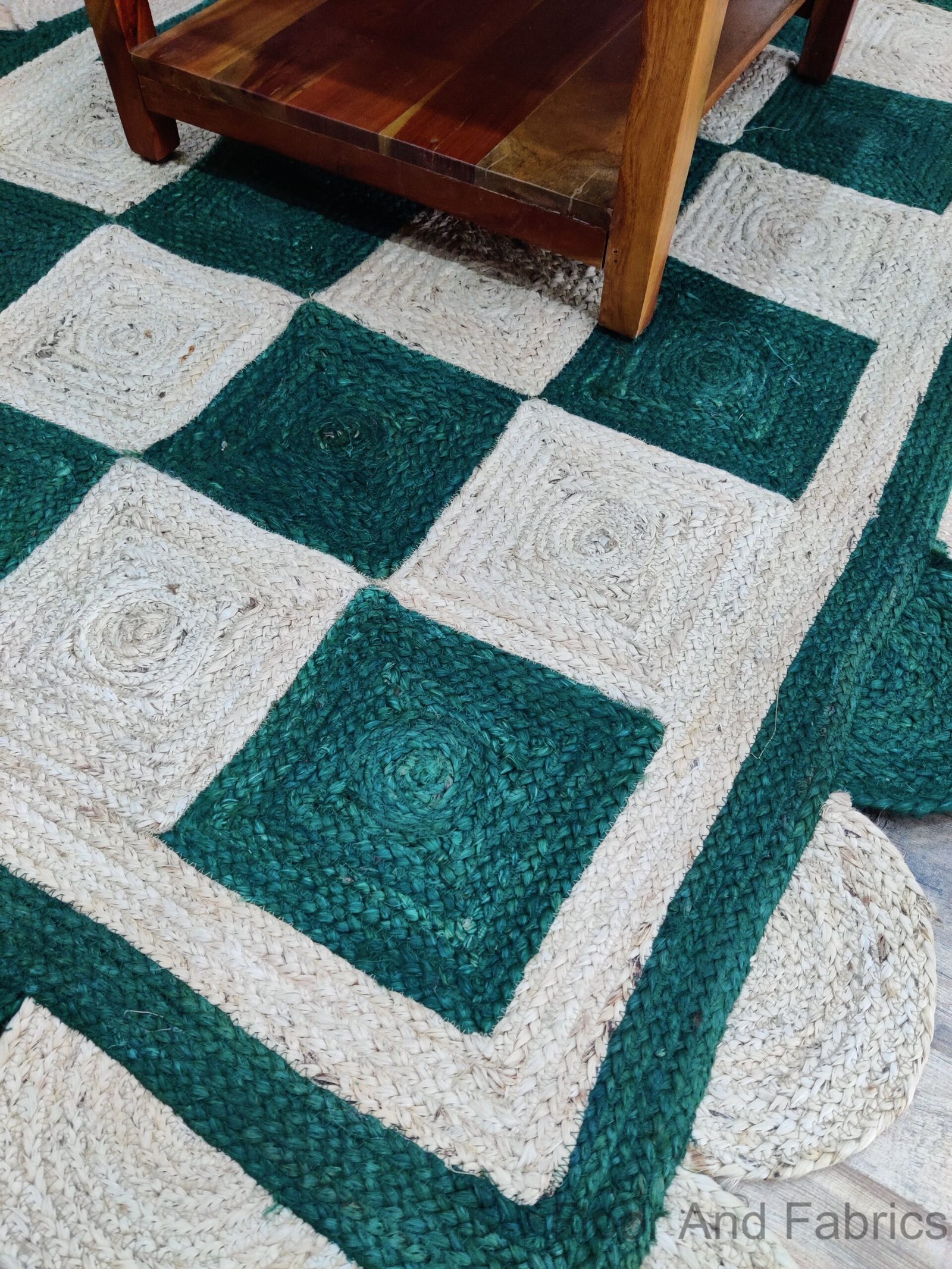



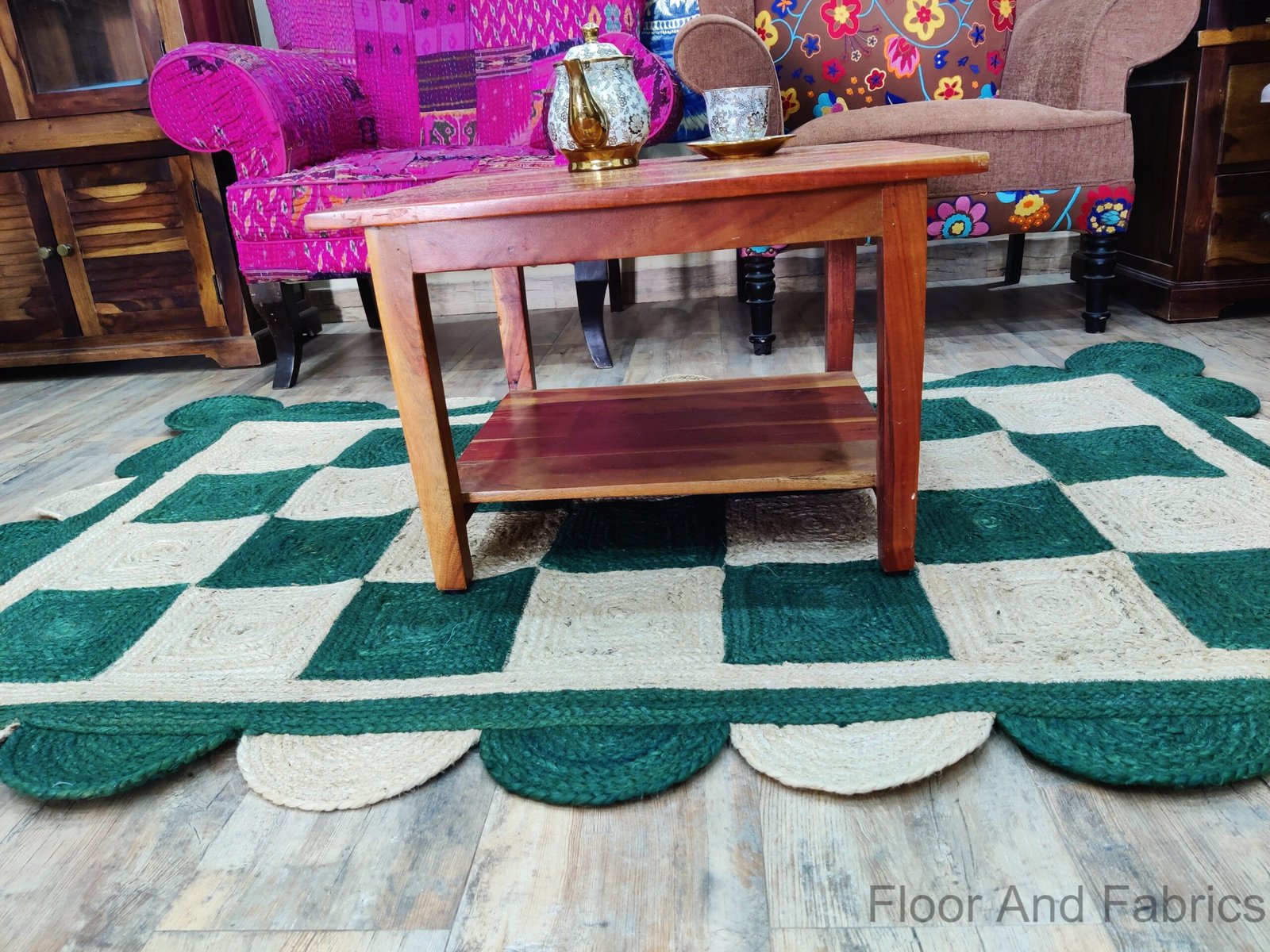

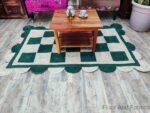
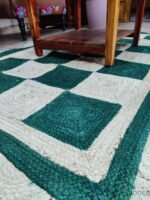
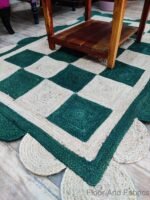

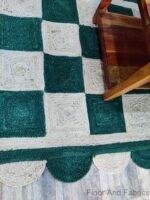
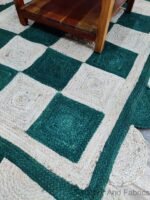
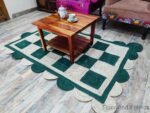

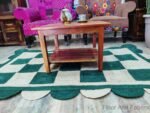


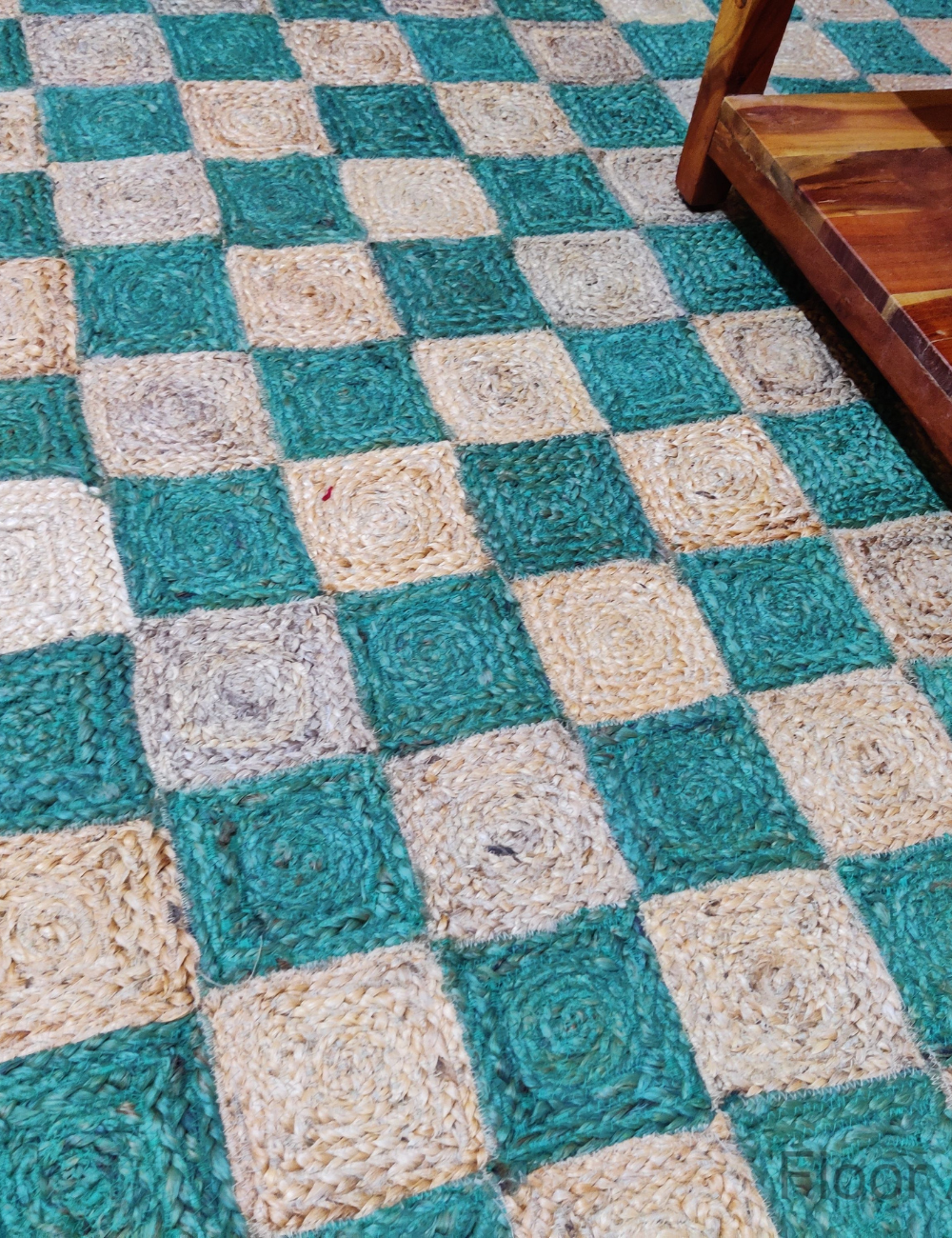








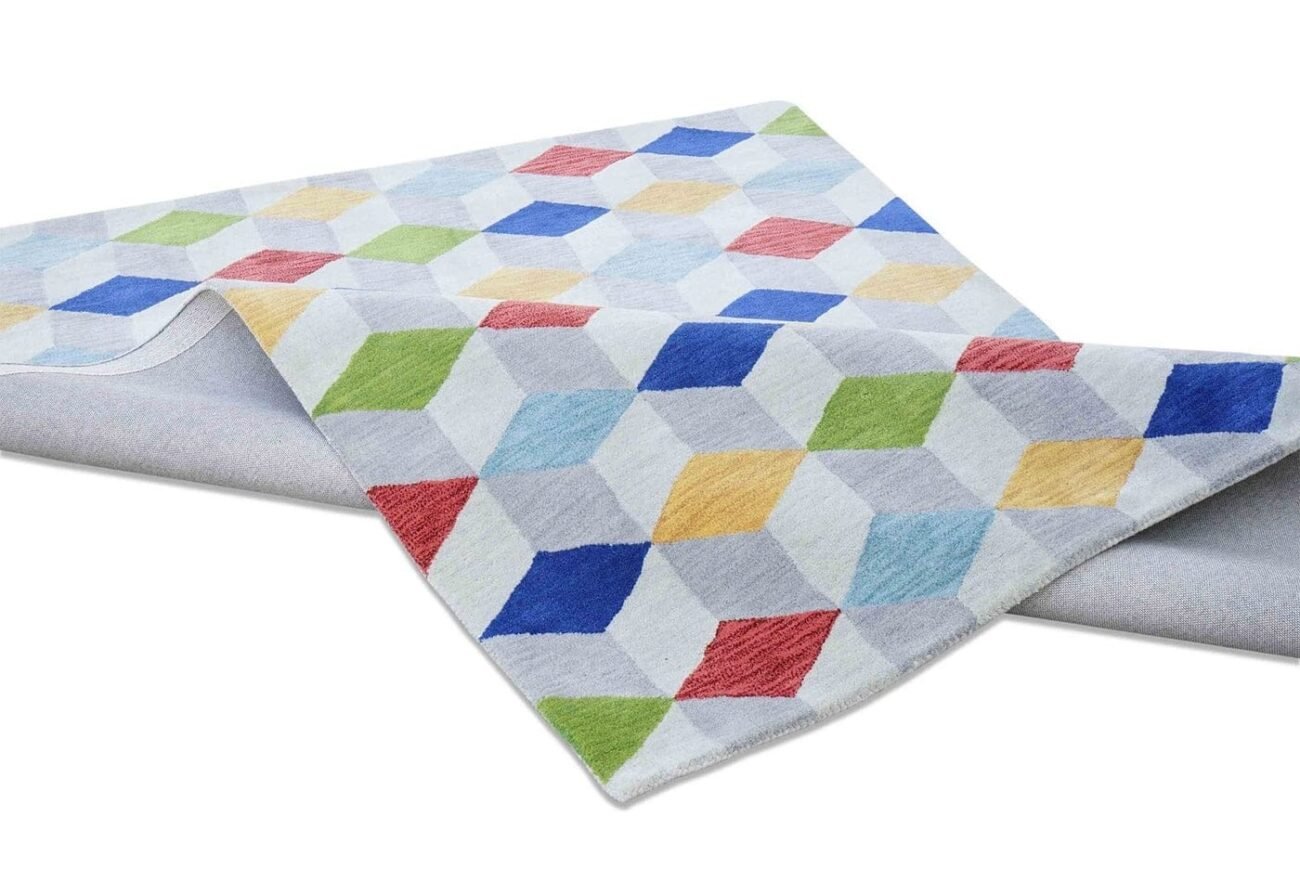

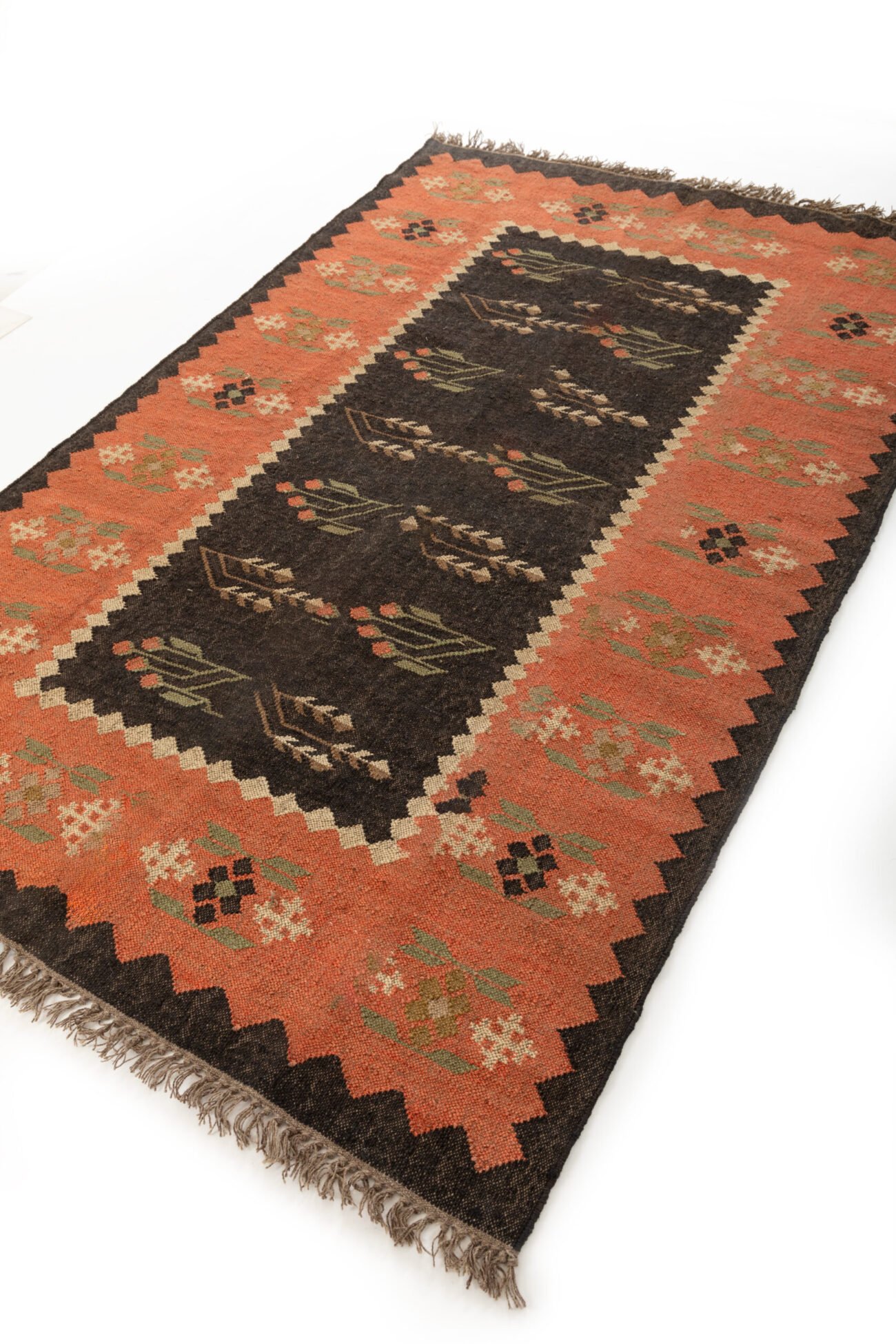
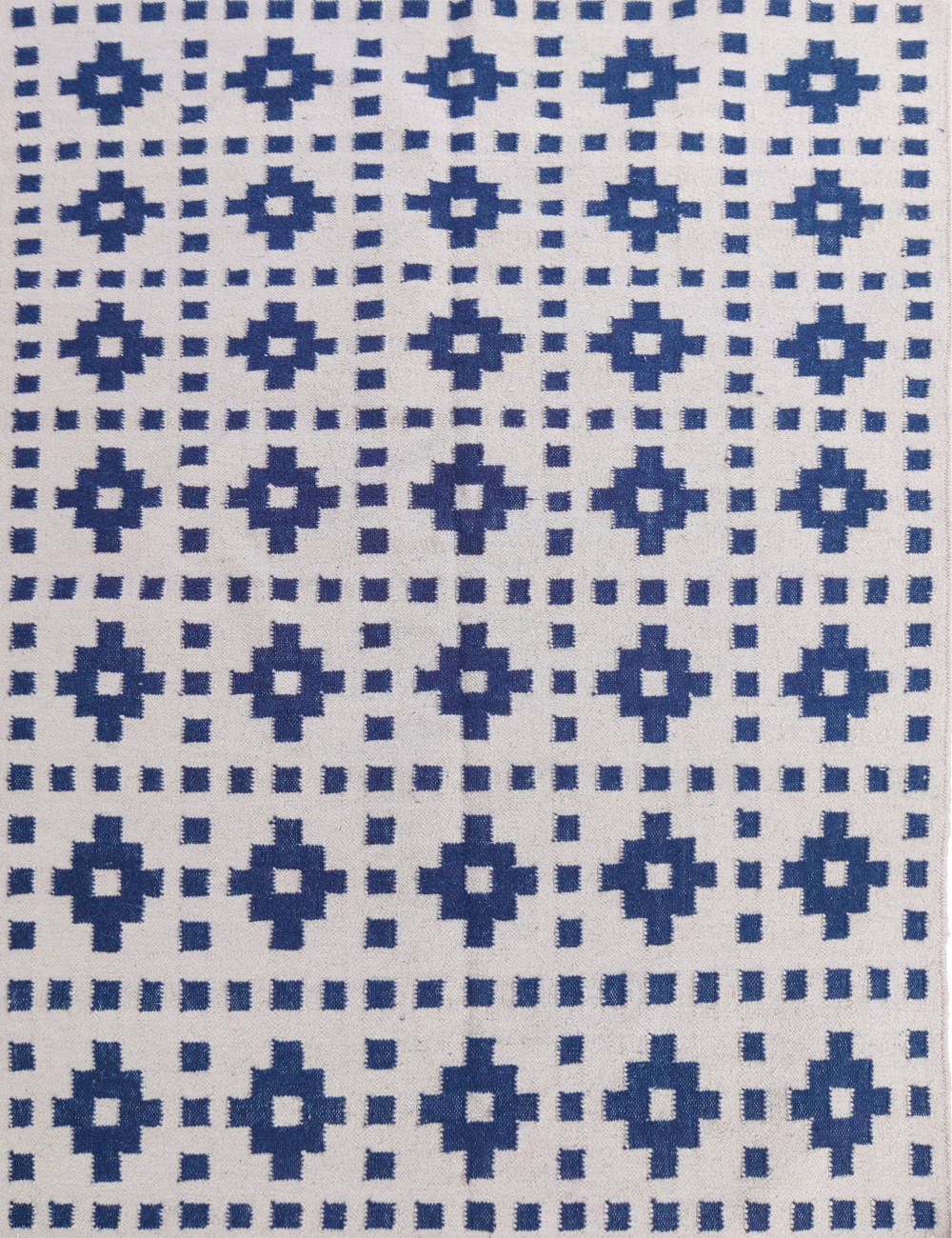
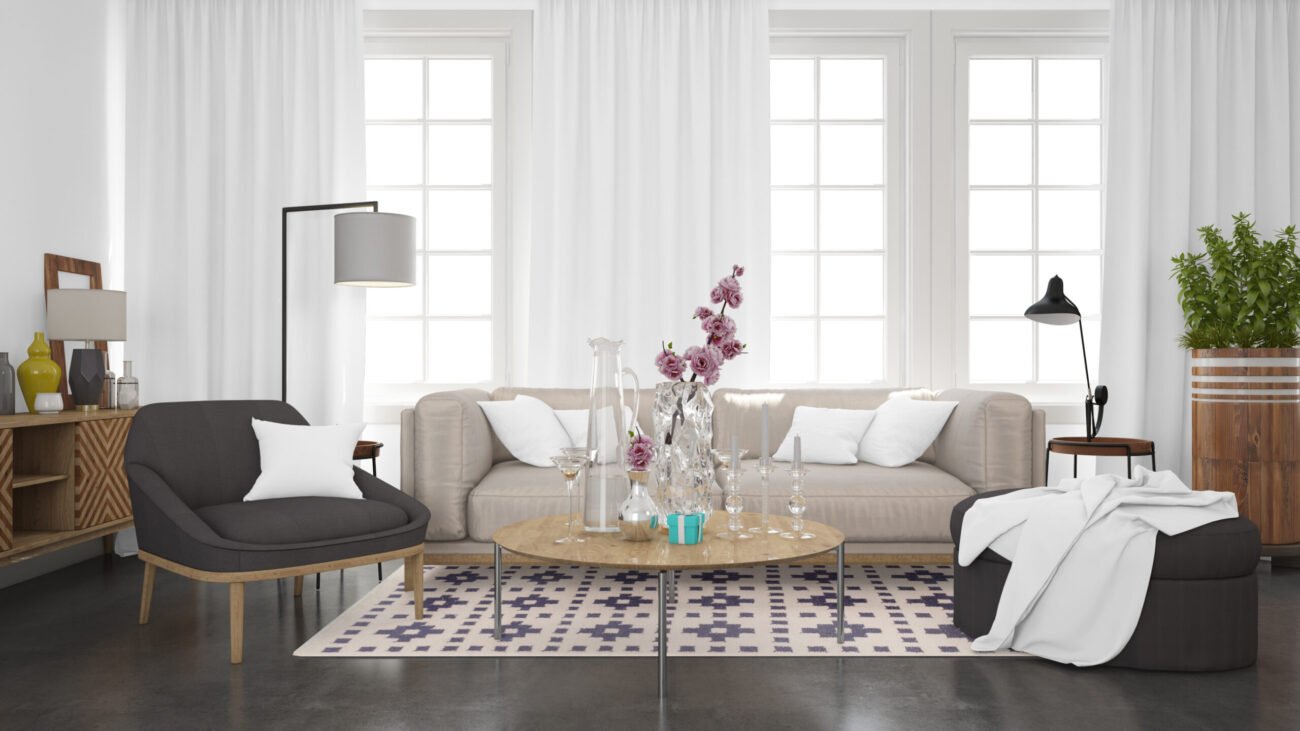
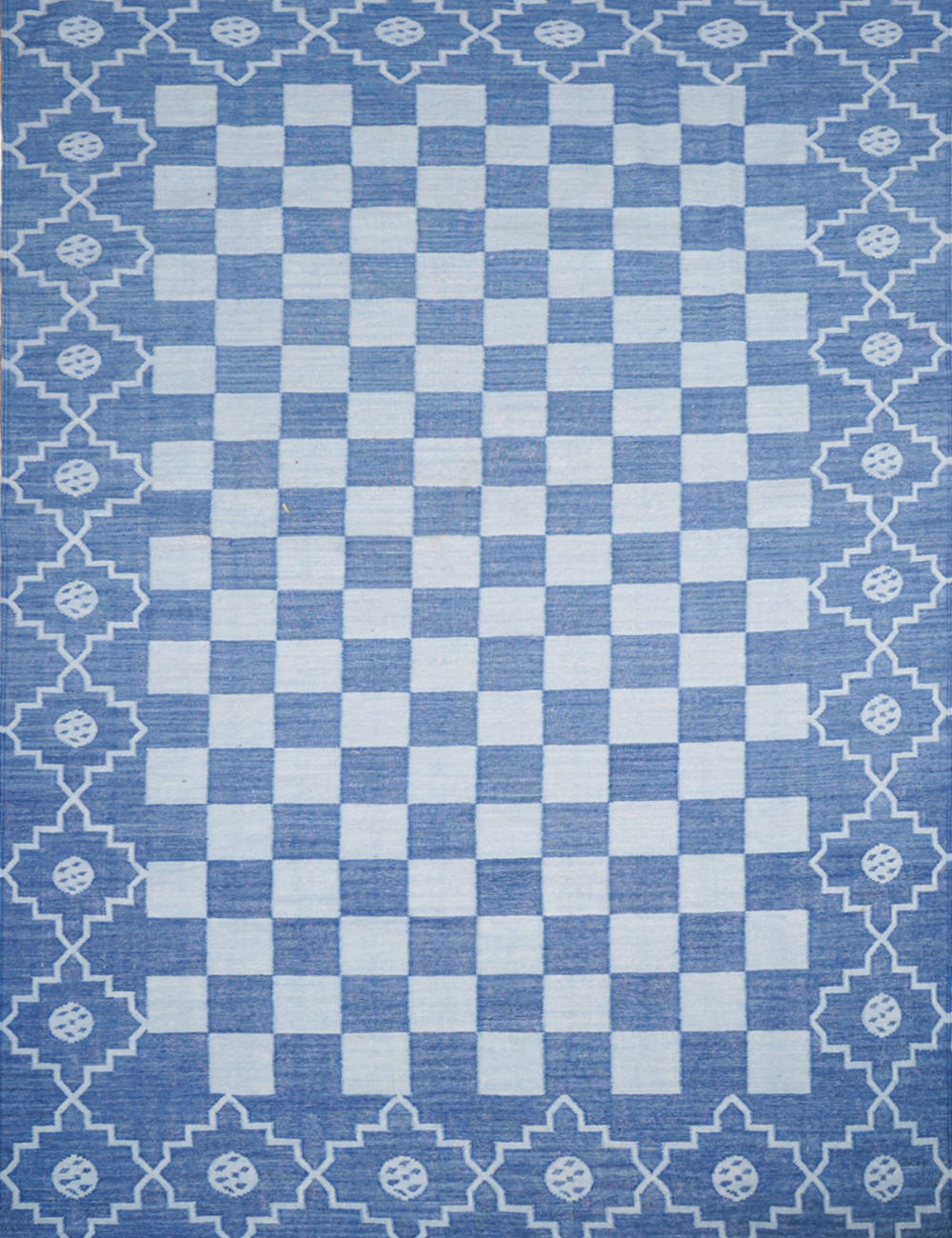
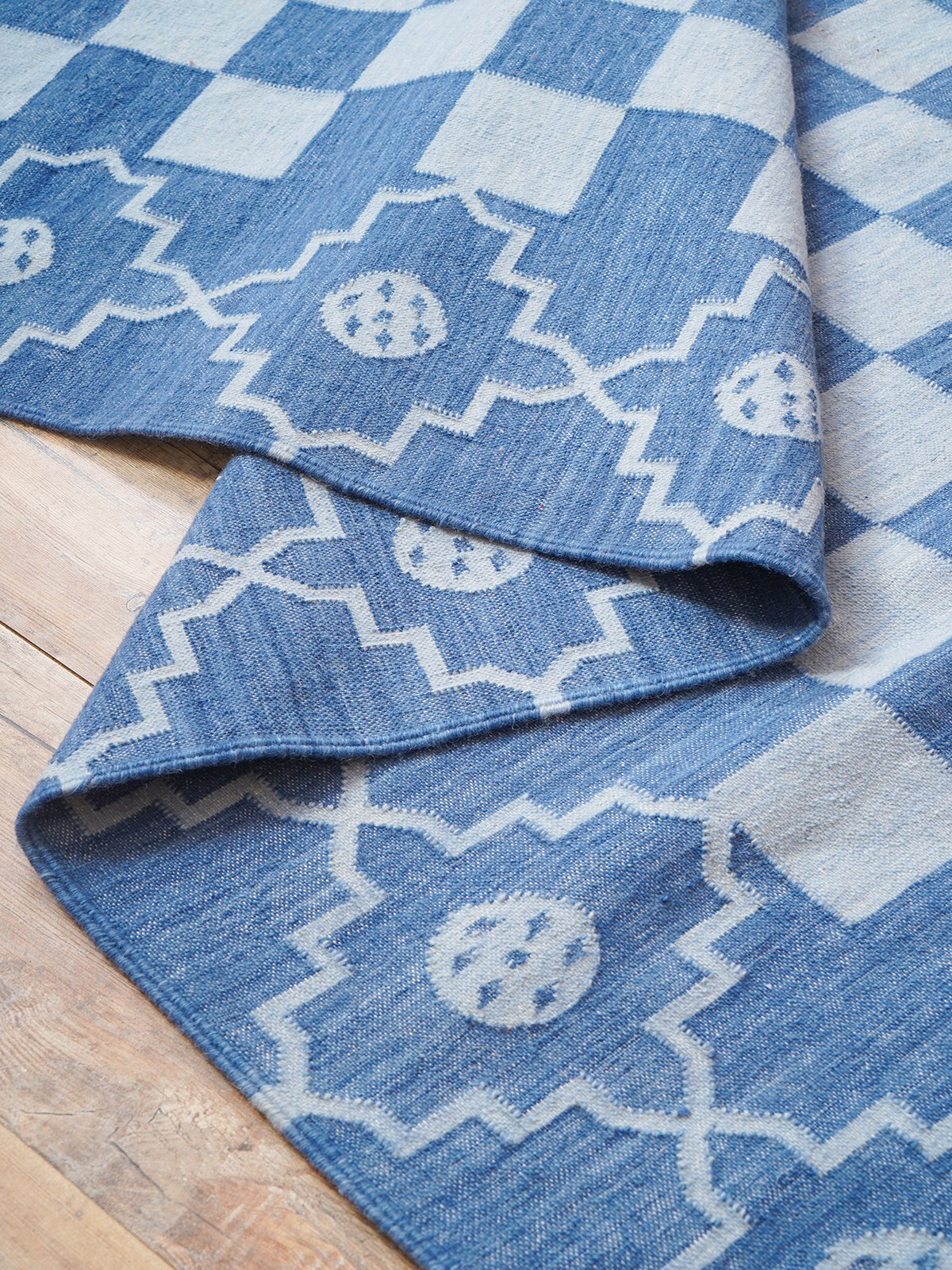



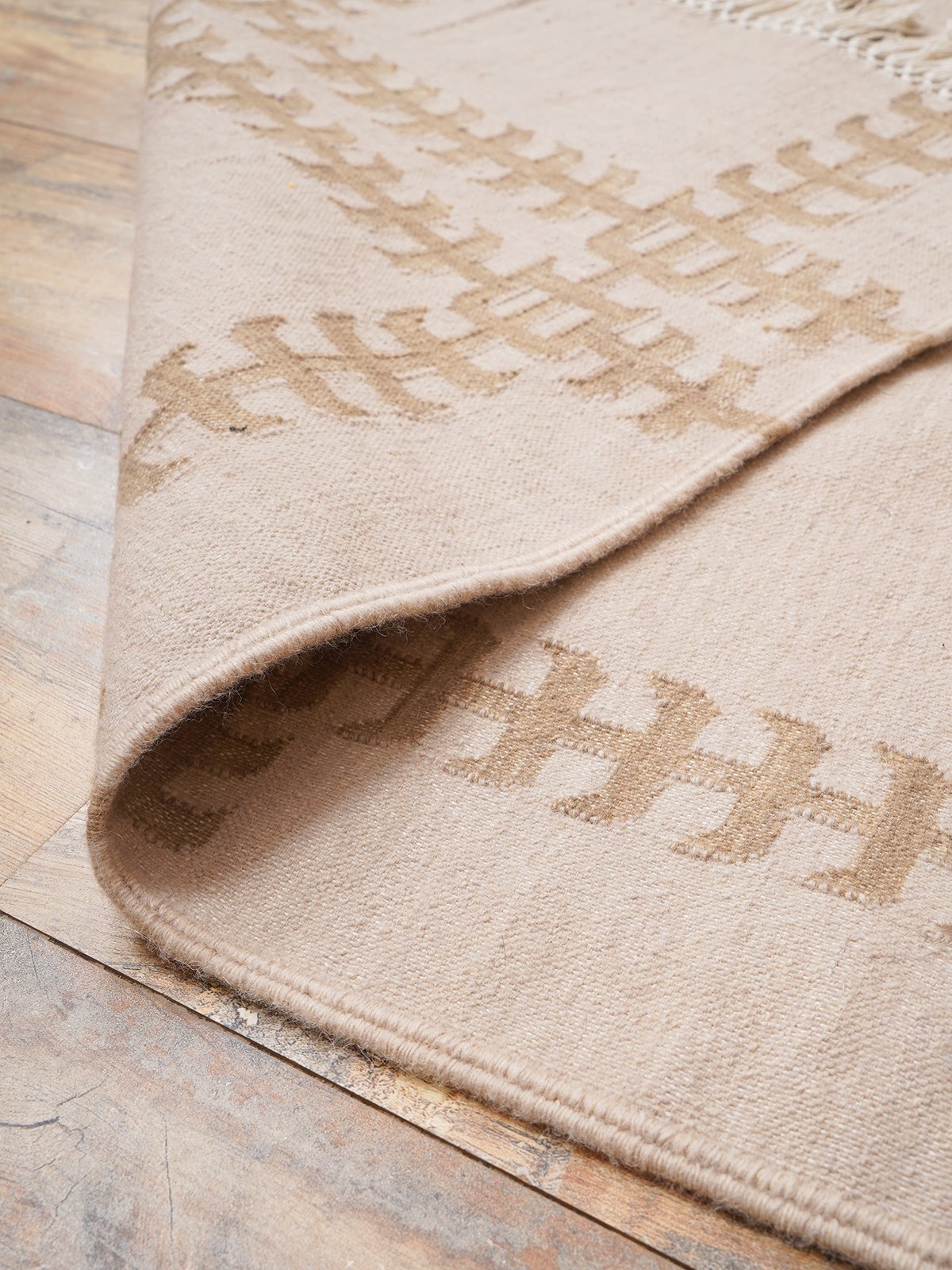
Reviews
There are no reviews yet.